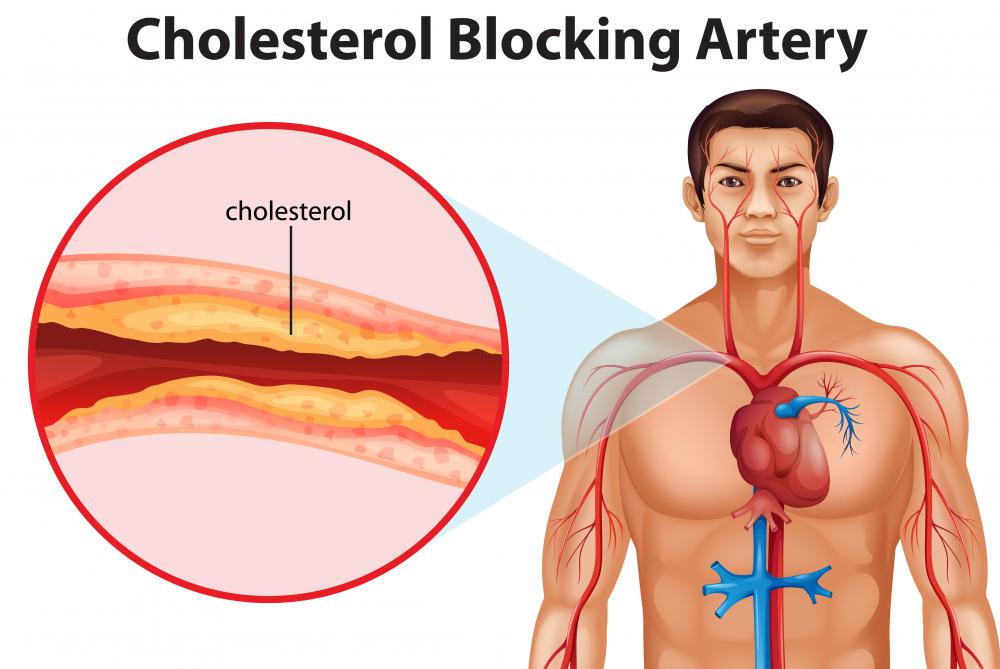At DelightedCooking, we're committed to delivering accurate, trustworthy information. Our expert-authored content is rigorously fact-checked and sourced from credible authorities. Discover how we uphold the highest standards in providing you with reliable knowledge.
What is an Egg Yolk?
An egg yolk is the central part of a bird egg, which is designed to provide nutrients to a developing chick before it hatches. Yolks are commonly very high in a number of vitamins and minerals, making them an enviable food source for humans as well as many other animals. The vast majority of the eggs that make it to human markets are unfertilized, which means that they are free of any embryos. In most cases, yolks are yellow or orange in color.
Place in Biology

All bird species reproduce through the laying of eggs, and the yolk plays a pivotal role in helping developing chicks to grow. The embryonic chick typically develops next to or on top of the yolk, and is able to extract nutrients and sustenance that will support it until it is strong enough to break out of the shell.
Nutritional Attributes
The specific nutritional benefits of egg yolks vary depending on their size and type, but all are packed with protein and vitamins. Most are high in vitamins A, D, and E, though the B vitamins are sometimes also present. Essential minerals like folate, calcium, and iron are usually a part of the mix, as well.
As a Food Source

The same nutrients that help baby birds develop can also help a range of other animals, and the rich yolk is what makes eggs a desirable food source. Foxes and snakes are well-known egg thieves in and around hen houses, and animals of all varieties eat bird eggs found in the wild.
Most human cultures also prize eggs. Western cooking typically focuses on chicken eggs, but nearly any sort of bird egg is edible. Ostrich, quail, and dove egg yolks are used as food sources and recipe additives in many parts of the world.
Possible Downsides

Despite the benefits of egg yolks, most health experts recommend consuming them only in moderation because of how high they tend to be in cholesterol. Cholesterol, a substance present in the blood, is not necessarily bad — but too much of it can cause a number of health problems, mostly related to the heart. Regular consumption of egg yolks is often linked to “high cholesterol,” a medical condition that often requires medication to correct.
Culinary Uses

There are a great many ways to cook egg yolks. Simply boiling eggs whole is usually the simplest method, though scrambling or frying are also popular alternatives. These preparations typically make use both of the egg yolk and the clear membranes that surround it, usually referred to as the egg white.
Interaction with Egg Whites
Egg whites contain few of the nutritive benefits that yolks do, but are nonetheless useful for many baking and cooking projects because of their smooth, oily consistency. Some recipes require the yolk to be separated from the whites, usually for density reasons. Custards, souffles, and thick sauces like hollandaise commonly use yolks in isolation. Some more complex cakes and pastries require the egg yolk to be separated from the white while assembling the ingredients, even if both are ultimately used.
Cosmetic and Scientific Uses

Egg yolks may also have a place outside of the kitchen, particularly when it comes to cosmetics. Rinsing hair with egg yolk is believed by many to improve shine and elasticity, for instance, and applying beaten yolks to the skin is a common home remedy for dry or irritated skin.
Egg yolks may also be used in the pharmaceutical industry or in other science research endeavors. The yolk’s even consistency makes it an ideal surface upon which to test different molecular interactions and growth patterns.
AS FEATURED ON:
AS FEATURED ON:















Discussion Comments
There is a big difference between egg whites and egg yolks in cooking. Egg yolks are useful in thickening and emulsifying. Cooks use egg yolks to make custard, thick salad dressings, heavy ice creams, and other dishes that need a protein thickener.
A chef might use egg whites to make soufflés and meringues. For example a chiffon cake will use whipped egg whites to make a light, but firm cake that will hold up to thick frosting. Cakes get their sponginess from egg whites, whereas a cake that uses egg yolks will be moister, not springing back when you press it. Egg white meringue is also a very good insulator. A baked Alaska only works because of this insulating property. The meringue protects the ice cream center from the 450-degree oven and the flambé.
What is the difference between using egg yolks and egg whites in baking?
For those who like deserts, particularly bread pudding, the LA Times published a recipe for chocolate bread pudding that is out of this world. Be warned, it is extremely rich, but it is worth being able to eat it once a year.
The pudding is easy to make and only requires seven ingredients. To make the pudding, you dry out a loaf of brioche bread cut into cubes. After the bread has dried, you make the custard.
To make the custard you mix 3 cups cream, 1 cup milk, 1 and 2/3 cups sugar, and a scraped vanilla bean over a stove. While the cream is heating whisk 10 egg yolks, then pour the hot cream mixture over the yolks while whisking. Next, fold 7 ounces of melted dark chocolate into the tempered egg mixture, and toss with bread cubes. Allow to soak for a half hour then bake in a water bath at 375 until the custard sets. Serve warm.
Post your comments